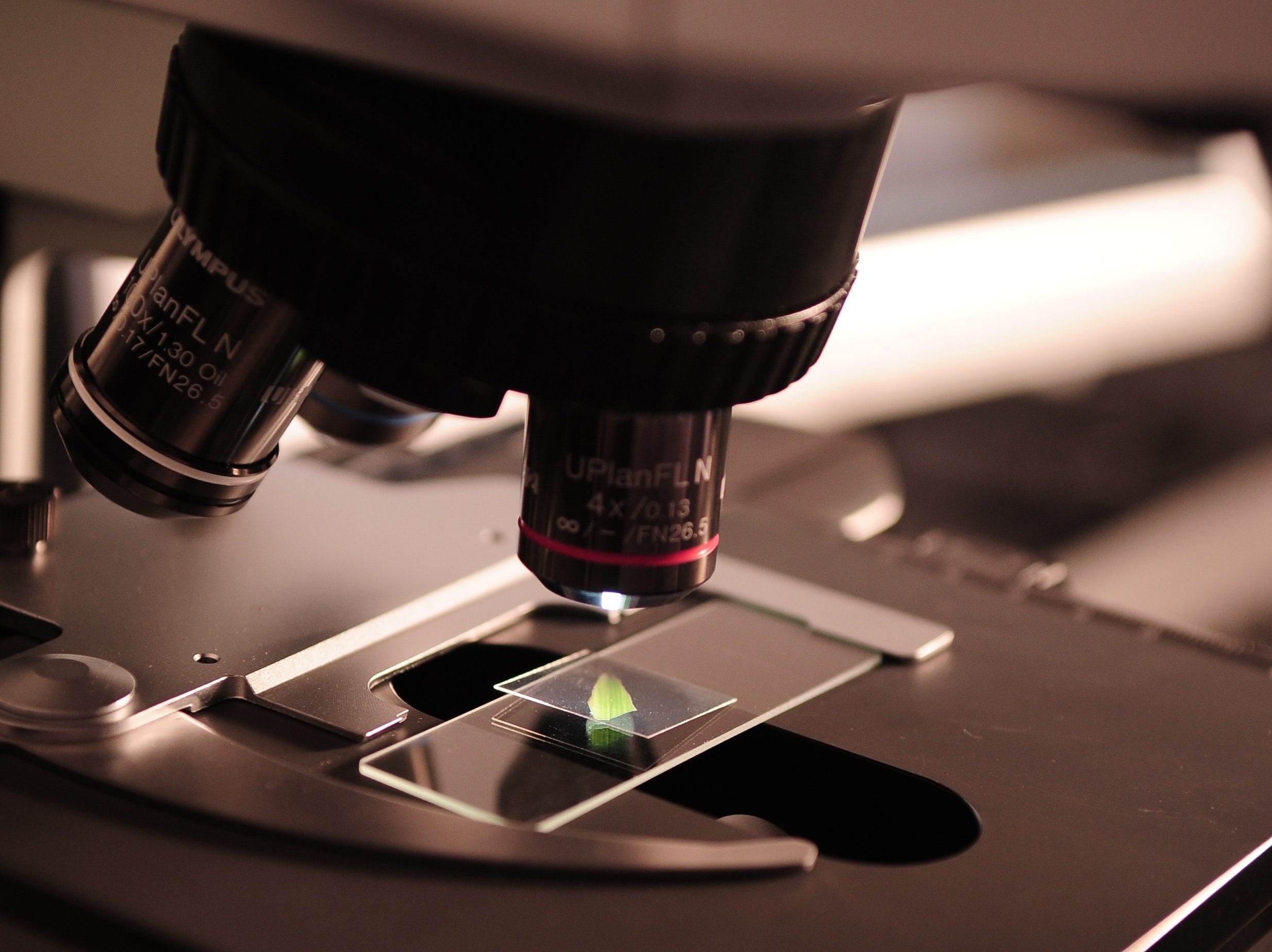Method Validation; Don’t Procrastinate, or You’ll Pay for it in the End
Method validation, as defined by Lab Compliance, “is the process used to confirm that the analytical procedure employed for a specific test is suitable for its intended use.” Pharmaceutical standards-setting organization USP lists the goals of validation as quantification of a method’s accuracy, precision, specificity, detection and quantitation limits, linearity, range, and robustness. While this is a key aspect of any laboratory’s research, Lisa Thomas of Thermo Fisher Scientific claims that many labs struggle to perform analytical validation adequately. “Inadequate planning can potentially turn a 10-week validation into a 40-week process, resulting in substantial delays [in] the lab’s ability to process samples,” she said in a Lab Manager article.
Staffing and time are also factors. “Finding scientists who understand quality management can be challenging, as is finding personnel who understand instrumentation and the science sufficiently to conduct proper method assessment and validation. Small-to-midsize organizations have difficulty dedicating time to method validation, since that activity competes with the daily lab operations,” Thomas said. To combat these issues, Ed Price of PCI Synthesis is looking ahead to the future of validation methods; a future where method optimization is a priority “in order to squeeze all potential benefits from the selected analytical platform.”
“It’s critical… to prepare for further review of all analytical methods developed… The most effective analytical method development assures that lab resources are optimized and that the methods developed can be validated at each progressive step in the process. If changes to a method are required, it’s best to do so, and document the changes, before moving on to the next validation step,” Price said. There are mixed feelings across industry professionals as to what potential new validation standards could look like, but in the meantime, a quote from Mark Green’s 1996 paper still rings true: “Doing a thorough method validation can be tedious, but the consequences of not doing it right are wasted time, money, and resources.”














